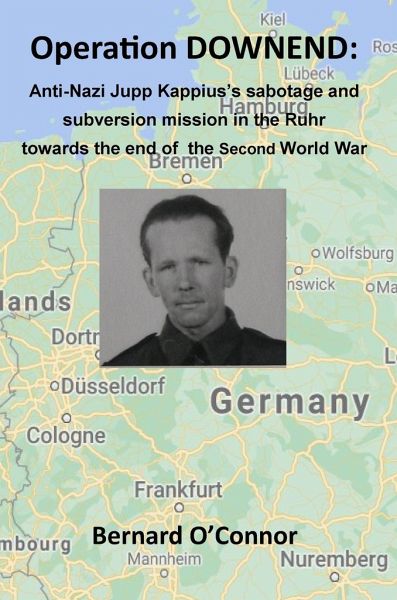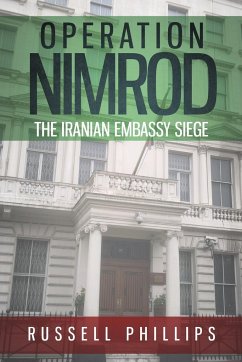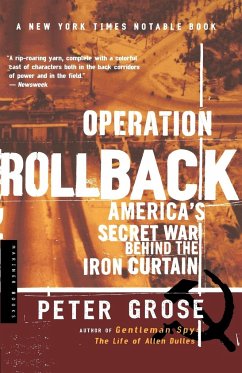
Operation DOWNEND
Versandkostenfrei!
Versandfertig in 1-2 Wochen
50,99 €
inkl. MwSt.

PAYBACK Punkte
25 °P sammeln!
Following D-Day, the Allied invasion of France, plans were made to invade Germany. The British Special Operations Executive (SOE), set up by Winston Churchill in 1940 'to set Europe ablaze by sabotage', liaised with the American Office of Strategic Services (OSS) to recruit anti-Nazi Germans willing to be trained for subversion and sabotage missions in Germany. Jupp Kappius, a leading figure in the International Socialist Struggle Party, had fled Nazi persecution in Germany in the 1930s and settled in Britain. He agreed to be sent to the Ruhr and encourage subversion and sabotage among railway...
Following D-Day, the Allied invasion of France, plans were made to invade Germany. The British Special Operations Executive (SOE), set up by Winston Churchill in 1940 'to set Europe ablaze by sabotage', liaised with the American Office of Strategic Services (OSS) to recruit anti-Nazi Germans willing to be trained for subversion and sabotage missions in Germany. Jupp Kappius, a leading figure in the International Socialist Struggle Party, had fled Nazi persecution in Germany in the 1930s and settled in Britain. He agreed to be sent to the Ruhr and encourage subversion and sabotage among railway, factory and mine workers. Using his personnel file and mission papers which were found in the National Archives in Kew and Piercing the Reich, work undertaken in the 1970s by Joseph Persico, Bernard O'Connor, author of many books on the SOE, has researched Kappius's story and provides a detailed documentary history of his involvement in secret operations and insight into the day-to-day workings of the British and American intelligence services. He also includes previously unpublished first-hand accounts of conditions in Germany between September 1944 and May 1945.












